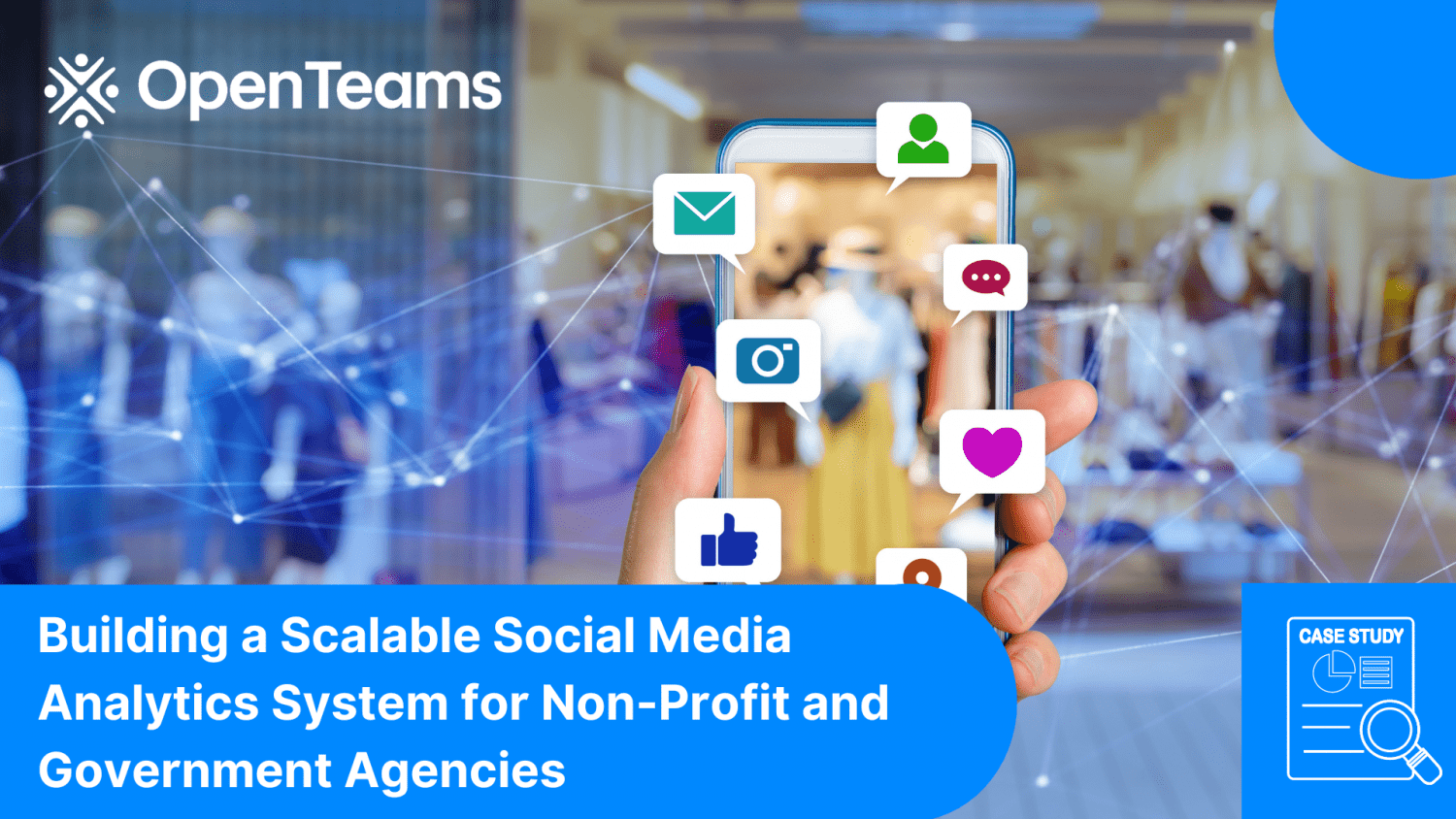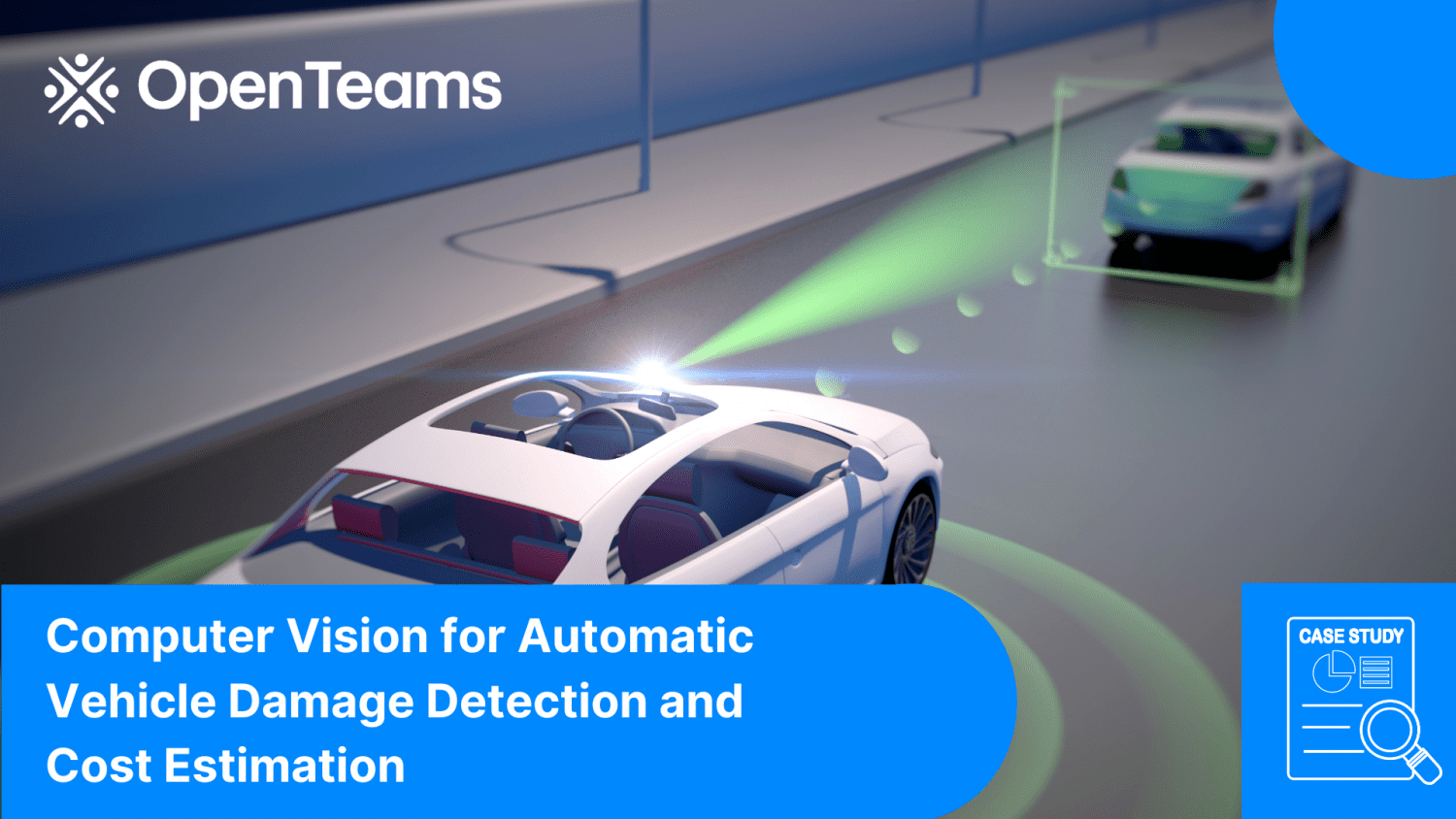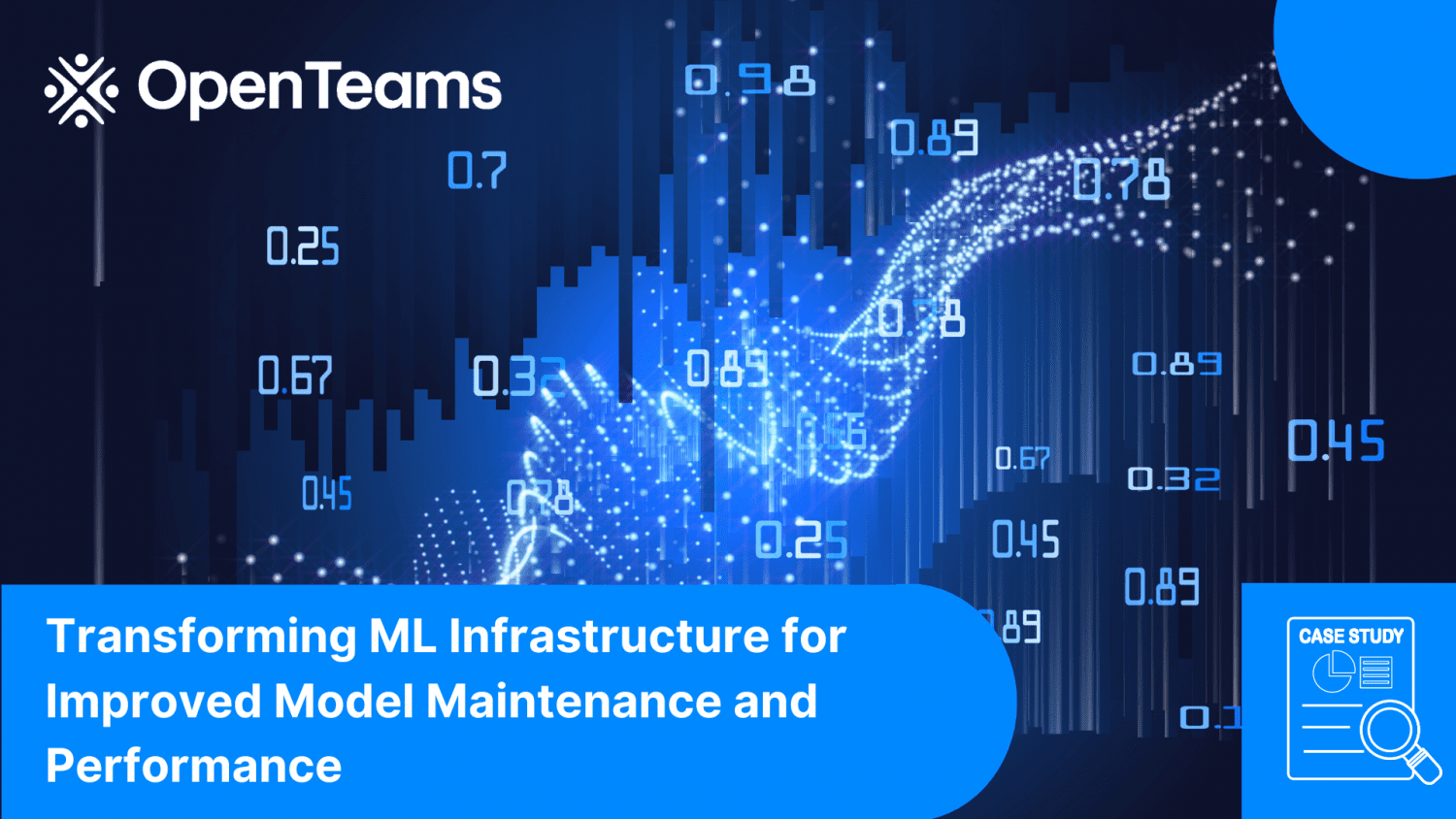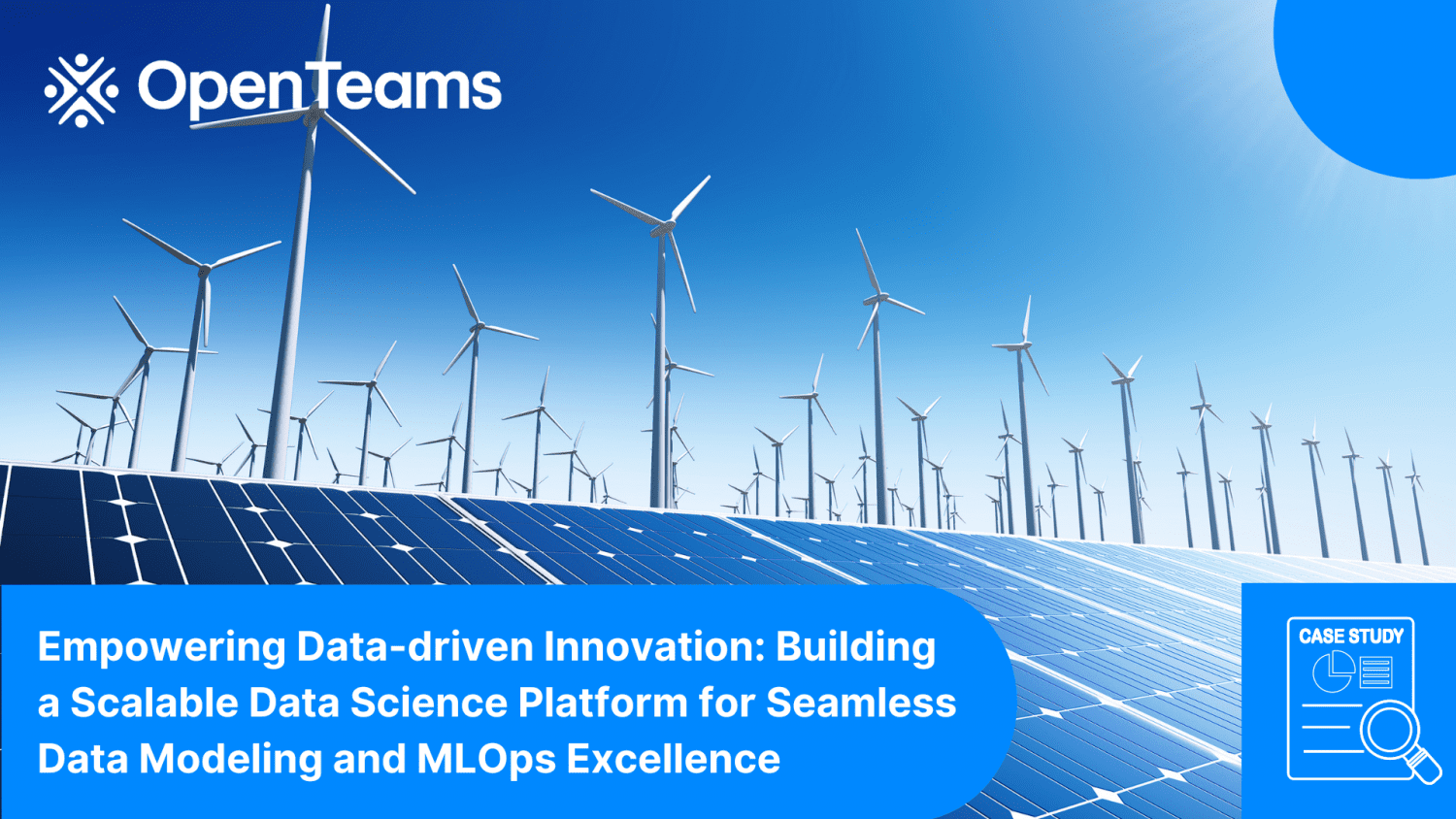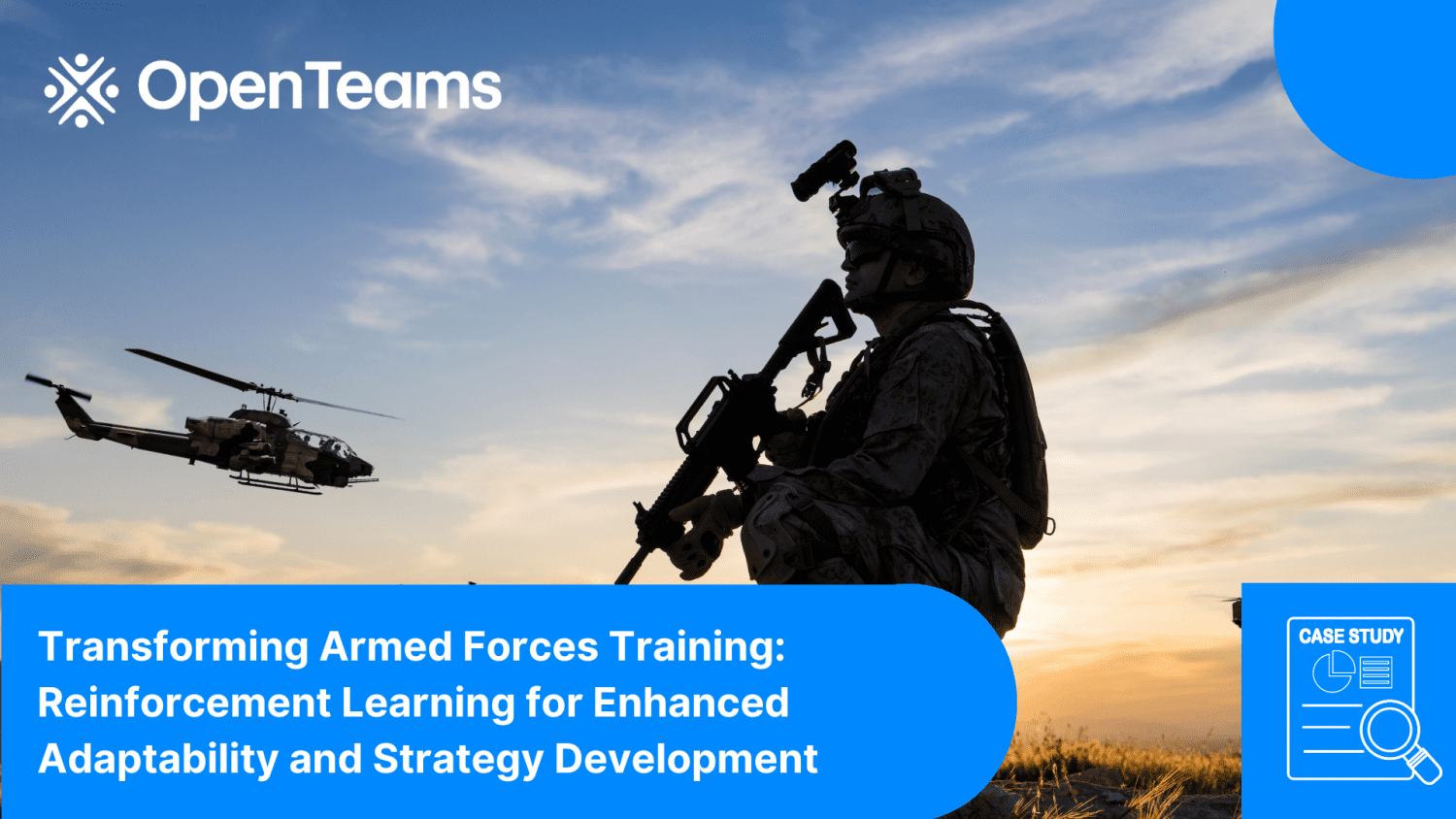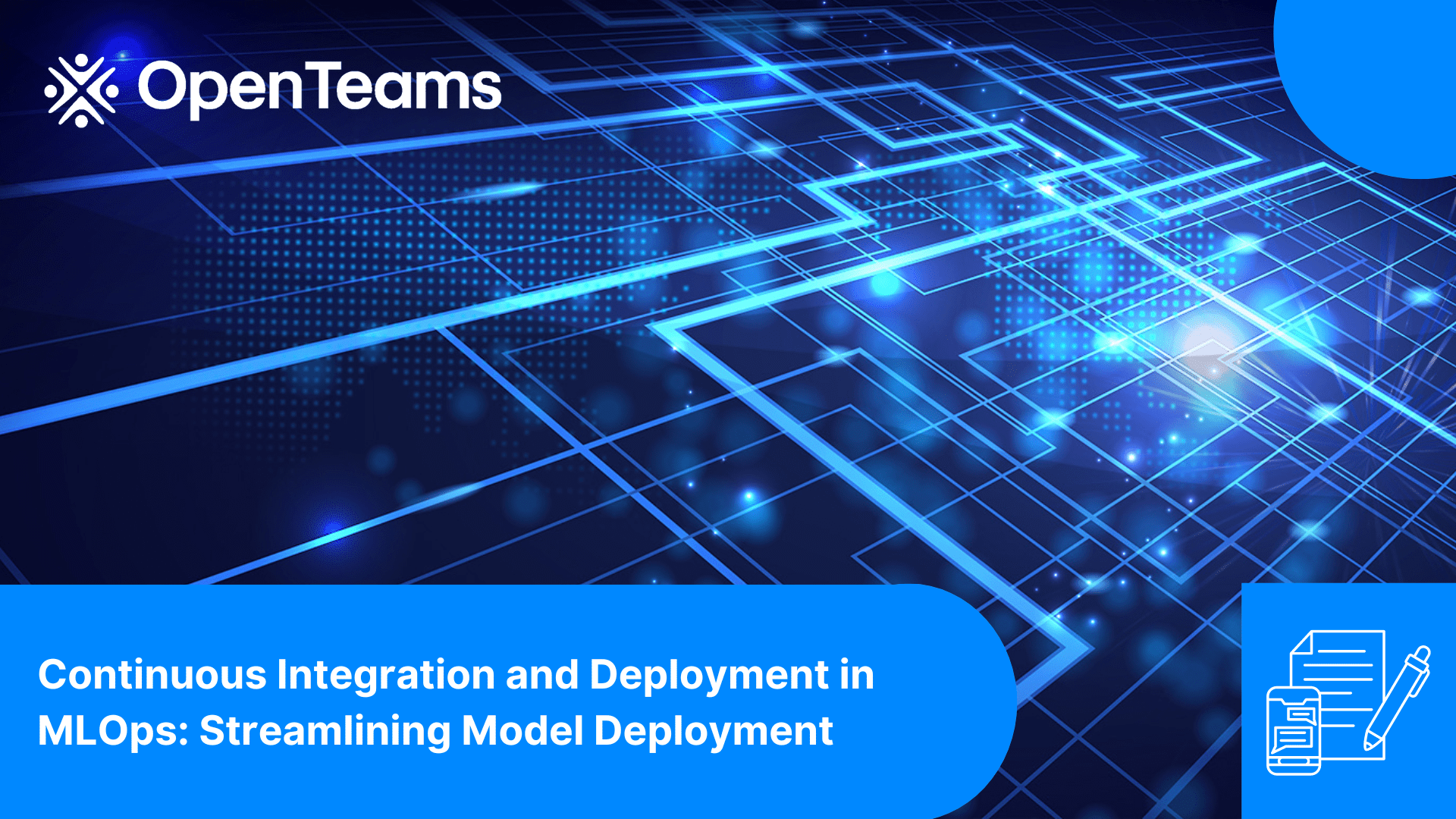
Automating Model Deployment: Harnessing the Power of CI/CD in MLOps
Introduction
In the world of machine learning and artificial intelligence, developing and training models is just the tip of the iceberg. The real value lies in deploying those models into production systems, where they can make a tangible impact. However, deploying machine learning models comes with its own set of challenges. It requires a seamless integration of different components, careful version control, rigorous testing, and efficient deployment strategies. This is where Continuous Integration and Deployment (CI/CD) in MLOps comes into play, providing a streamlined approach to model deployment. In this article, we will explore the concept of CI/CD in MLOps and discuss its significance in streamlining model deployment.
Understanding MLOps
MLOps, a combination of “machine learning” and “operations,” refers to the practice of integrating machine learning into the DevOps (Development and Operations) process. It aims to bring automation, scalability, and reproducibility to the machine learning workflow, ensuring smooth collaboration between data scientists, software engineers, and operations teams. MLOps encompasses various stages, including data ingestion, preprocessing, model training, evaluation, and deployment.
The Challenges of Model Deployment
Deploying machine learning models in production environments presents unique challenges. Unlike traditional software applications, models have dependencies on data, and their behavior can vary with changing inputs. Some of the key challenges in model deployment include:
- Version Control: Models are constantly evolving, with new versions being developed to improve performance or address issues. Managing different versions of models, their dependencies, and associated code becomes crucial to ensure reproducibility and easy rollbacks.
- Reproducibility: Reproducing the same results from a trained model is essential for debugging and maintaining consistency across environments. However, models can behave differently based on various factors, such as hardware, software, and data. Ensuring reproducibility across different systems can be challenging.
- Collaboration: Developing machine learning models involves multiple stakeholders, including data scientists, engineers, and domain experts. Collaborating effectively, sharing code and models, and tracking changes become critical to maintain productivity and avoid conflicts.
- Testing and Validation: Models need to be thoroughly tested before deployment to ensure their reliability, accuracy, and performance. This includes evaluating their behavior on different datasets, validating against ground truth, and monitoring for drift and degradation over time.
- Deployment Scalability: Deploying models at scale requires efficient infrastructure, deployment strategies, and monitoring mechanisms. Ensuring low-latency inference, handling concurrent requests, and managing resource utilization are crucial for successful model deployment.
Continuous Integration and Deployment (CI/CD) in MLOps
CI/CD is a set of practices and tools used to automate the integration, testing, and deployment of software applications. In the context of MLOps, CI/CD provides a framework to streamline the deployment of machine learning models. It aims to automate the end-to-end process, from model development to deployment, while ensuring reproducibility, collaboration, and scalability. The key components of CI/CD in MLOps include:
- Version Control: CI/CD promotes the use of version control systems, such as Git, to track changes in code, models, and associated artifacts. This allows easy collaboration, rollbacks, and reproducibility across different stages of the machine learning lifecycle.
- Automated Testing: CI/CD emphasizes the importance of automated testing to validate models before deployment. This includes unit tests to check the functionality of individual components, integration tests to evaluate the behavior of the entire system, and performance tests to assess the model’s efficiency under various conditions.
- Continuous Integration: CI focuses on automating the integration process by regularly merging code changes from multiple developers into a shared repository. It ensures that the codebase remains stable and functional, reducing the chances of conflicts and enabling faster iteration.
- Continuous Deployment: CD automates the deployment process, allowing models to be seamlessly pushed into production systems. It includes building containerized environments, configuring infrastructure, and orchestrating the deployment process to ensure consistency and scalability.
- Monitoring and Feedback Loops: CI/CD in MLOps incorporates monitoring mechanisms to track the performance of deployed models in real-time. This helps in detecting anomalies, measuring accuracy, and identifying potential issues that require intervention or retraining.
Benefits of CI/CD in MLOps
Implementing CI/CD in MLOps brings several benefits to the model deployment process. Some of the key advantages include:
- Faster Iteration: CI/CD enables rapid development and deployment cycles, allowing teams to iterate on models quickly. This leads to faster experimentation, quicker bug fixes, and accelerated innovation in the field of machine learning.
- Increased Collaboration: CI/CD promotes collaboration between data scientists, engineers, and other stakeholders by providing a structured and automated workflow. It facilitates the sharing of code, models, and experiments, fostering better communication and knowledge sharing.
- Improved Reproducibility: With version control and automated testing, CI/CD ensures that models can be reproduced consistently across different environments. This enables easier debugging, better troubleshooting, and enhanced reproducibility for research and development purposes.
- Enhanced Stability and Reliability: By enforcing automated testing and continuous integration, CI/CD helps identify and address issues early in the development process. It reduces the chances of deploying faulty models, leading to increased stability and reliability of deployed systems.
- Scalable Deployments: CI/CD enables the seamless deployment of models at scale by automating infrastructure provisioning, containerization, and orchestration. It allows teams to handle large workloads, serve multiple requests concurrently, and optimize resource utilization.
Conclusion
Continuous Integration and Deployment (CI/CD) in MLOps is a vital component of streamlining model deployment processes. It provides a structured and automated workflow, enabling faster iteration, enhanced collaboration, improved reproducibility, and scalable deployments. By addressing the challenges associated with deploying machine learning models, CI/CD in MLOps paves the way for efficient and reliable integration of AI systems into production environments. As the field of machine learning continues to evolve, embracing CI/CD practices becomes increasingly important to leverage the full potential of AI technologies and deliver impactful solutions.
About OpenTeams
OpenTeams is a premier provider of open source solutions for businesses worldwide. Our goal is to help organizations optimize their open source technologies through tailored support solutions that meet their unique needs. With over 680+ open source technologies supported, we provide unparalleled expertise and resources to help businesses achieve their goals. Our flexible support plans allow organizations to pay for only what they need, and our team of experienced Open Source Architects is available 24/7/365 to provide top-notch support and guidance. We are committed to fostering a community of innovation and collaboration, and our partner program offers additional opportunities for growth and success.
Related Articles
Computer Vision for Automatic Vehicle Damage Detection and Cost Estimation
Transforming ML Infrastructure for Improved Model Maintenance and Performance
Empowering Data-driven Innovation: Building a Scalable Data Science Platform for Seamless Data Modeling and MLOps Excellence
Unleashing Computational Speed: Enhancing Risk Models for Compliance in a Global Financial Powerhouse
Transforming Armed Forces Training: Reinforcement Learning for Enhanced Adaptability and Strategy Development
Unlock the power of open source for your business today
OpenTeams provides businesses with access to a team of experienced open source professionals who can help them unlock the power of open source technologies, delivering customized solutions tailored to their specific needs and goals. Get in touch with us today to learn how we can help you leverage open source to achieve your business objectives.

